Feats are an optional rule that many D&D campaigns choose to use to let players customize their characters even more deeply than just choosing a race, class, background, and subclass. The feats in the Player’s Handbook give characters the ability to improve their skills as a combat master, social savant, or exploration expert in various specific ways—and the new feats in Tasha’s Cauldron of Everything continue this tradition.
Check out these fifteen new feats! How can you use them to enhance your character’s story, or grant them explosive new powers?
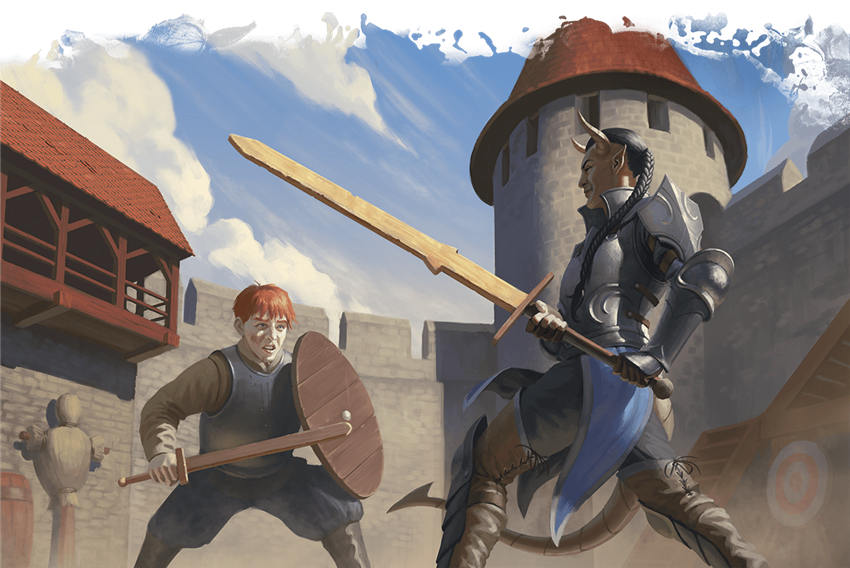
Artificer Initiate
It takes a long road of grueling training to become an artificer. You’ve only just taken a first step down that path, and have learned how to cast some basic artificer spells, as well as gaining proficiency in a type of artisan’s tools that you use to craft your artificer spells.
Remember, artificers “cast spells” not by waving wands and mouthing incantations, but by rapidly creating magical gadgets. If you take this feat, think about how you cast your artificer spells—do you create a pocketwatch that covertly shoots a beam of destructive magical energy like a fire bolt? Or perhaps you know how to whip up an alchemical phial that explodes into a grease trap.
Feats or Multiclassing?
Feats and multiclassing are both optional rules presented in the Player’s Handbook that allow a player to give their character gain powers normally inaccessible to their class, and to give their character narrative depth and nuance through new mechanics. Some gaming groups use both optional rules for maximum customizability, while other groups allow one, the other, or neither, to keep their game simpler or more focused.
The Magic Initiate and Martial Adept feats in the Player’s Handbook are both feats that give characters a taste of another class by granting access to basic spells and martial maneuvers. Tasha’s Cauldron of Everything includes several new feats that work this way: Artificer Initiate, Eldritch Adept, Fighting Initiate, and Metamagic Adept, allowing you to gain a little bit of the power of the artificer, warlock, fighter, and sorcerer classes respectively. If you want to get just a little flavor or power from one of these classes, but don’t want to multiclass (or your group doesn’t use multiclassing rules), these feats are a great way to do so.
Also, if you decide to take one of these feats and ultimately decide you want to multiclass into that class later, you can keep this feat and just have a few extra spells. However, if you want to diversify your skillset, you can also ask your Dungeon Master if they'll allow you to swap this feat out when you gain your first level in that class. They could let you trade your feat for any other feat, or for two +1 bonuses to any ability score.
Chef
You are a master chef! Not only do you have a knack for creating world-class meals, but your culinary creations are so good that they fill all who eat them with enhanced fortitude. They can heal more when they consume your cooking during a short rest, and you can make treats that give them a morale-boosting surge of temporary hit points.
Crusher
This feat is one of a trio of feats that improves your skill with a certain type of physical damage. As a crusher, you are a master of inflicting heavy wounds with bludgeoning weapons and knocking foes around the battlefield as you pummel them silly. This feat synergizes particularly well with monks’ ability to make many unarmed strikes in a single turn.
Eldritch Adept
Have you ever been tempted by magical secrets beyond your ken? Most spellcasters study hard to master the magic of their ancestors, or the magic within them, or magic they found in ancient tomes—but the temptation to take the quick and easy route, to find an otherworldly patron who will gift them untold power, is omnipresent. This feat grants a spellcaster one Eldritch Invocation from the warlock class, which they can change as they level up.
Fey Touched
You have been exposed to raw power from the Feywild, a plane of powerful and tempestuous emotions. This feat represents your connection to the capricious power of the fey by granting you a small bonus to one of your ability scores and the ability to cast misty step and another spell from a particularly fey list.

Fighting Initiate
You’ve undergone rigorous martial training in your downtime, though not enough to become a full-fledged fighter. Instead, you’ve learned how to fight with a particular weapon, allowing you to gain a Fighting Style from the fighter class. Don’t forget that there are a handful of brand-new Fighting Styles in Tasha’s Cauldron of Everything including options for fighting bare-handed, fighting blind, and fighting with thrown weapons.
Gunner
Want the rakish fantasy of being a stylish gunslinger? In addition to granting similar bonuses to the Crossbow Expert feat from the Player’s Handbook, this feat grants you proficiency with firearms, which are described in the Dungeon Master’s Guide.
Metamagic Adept
Sorcerers are masters of using their internal power to modify their spells. You, too, have a small wellspring of this power that allows you to exert your will to twist the nature of your spells. You now have a small pool of sorcery points and two Metamagic options from the sorcerer class to spend them on.
Piercer
Another member of the trio of physical damage feats, this one makes you a master at delivering deadly wounds with piercing weapons by allowing you to reroll damage dice and dealing more damage on a critical hit. A great tool for rogues who use piercing weapons like shortswords and rapiers to deal deadly sneak attacks!
Feats a la Carte
You can gain access to all of these feats by purchasing Tasha’s Cauldron of Everything on the D&D Marketplace, but did you know you can also buy just a single feat—and have the cost of that feat discounted from the book’s full cost if you decide to buy it later? Check out the Marketplace page for Tasha’s and scroll down to see all of the options you can get a la carte if you don’t want the full book now.
Or, consider getting Tasha’s as a gift for the D&D players in your life. Check out the D&D Beyond 2020 Gift Guide and discover how to give the gift of D&D Beyond!
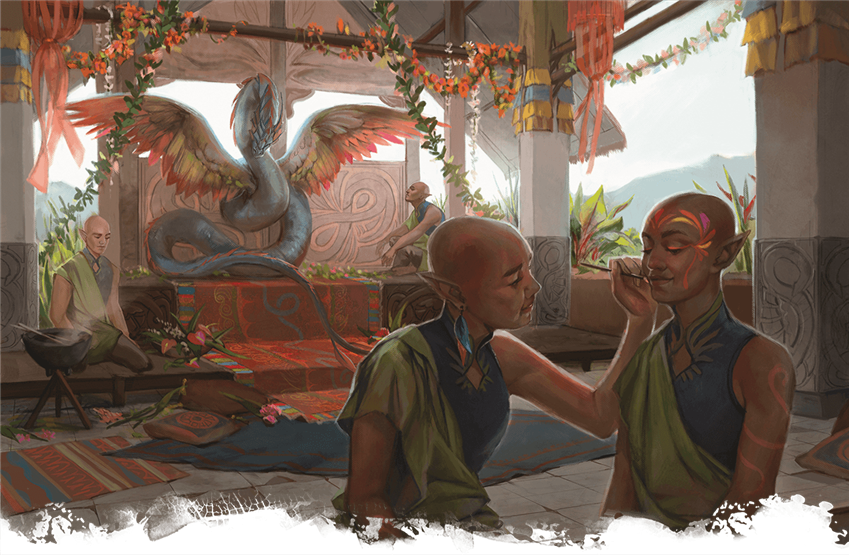
Poisoner
Poison is a tricky thing to use properly, especially when beings like dwarves have constitutions hardy enough to cause even deadly poisons to just give them an aching hangover. This feat lets you ignore resistance to poison damage, poison your weapons rapidly, and even create deadly poisons with a poisoner’s kit. Just beware, creatures with magical biologies like undead, constructs, and most fiends are still immune to poison—no amount of masterful skill can bypass that!
Shadow Touched
Akin to the Fey Touched feat mentioned earlier, a character might gain the Shadow Touched feat from being lost in the drab and ghastly landscape of the Shadowfell. In addition to improving one of your ability scores, you also gain the ability to cast invisibility, as well as another shadowy spell.
Skill Expert
This is a mighty skill for any adventurer to have, but it’s especially useful for bards, rogues, and any other talented expert that might be lovingly called a “skill monkey.” By granting you proficiency in an extra skill and expertise in any skill you’re proficient in, it makes you a master of whatever craft you choose to specialize in.
Slasher
The final of this book’s trio of physical damage-enhancing feats, Slasher makes you a master of slashing weapons. It’s a particularly powerful tool for anyone with natural claws like tabaxi monks or Path of the Beast barbarians, since it lets you hamstring foes to reduce their speed and grievously wound them with critical hits to impose disadvantage on their attacks.
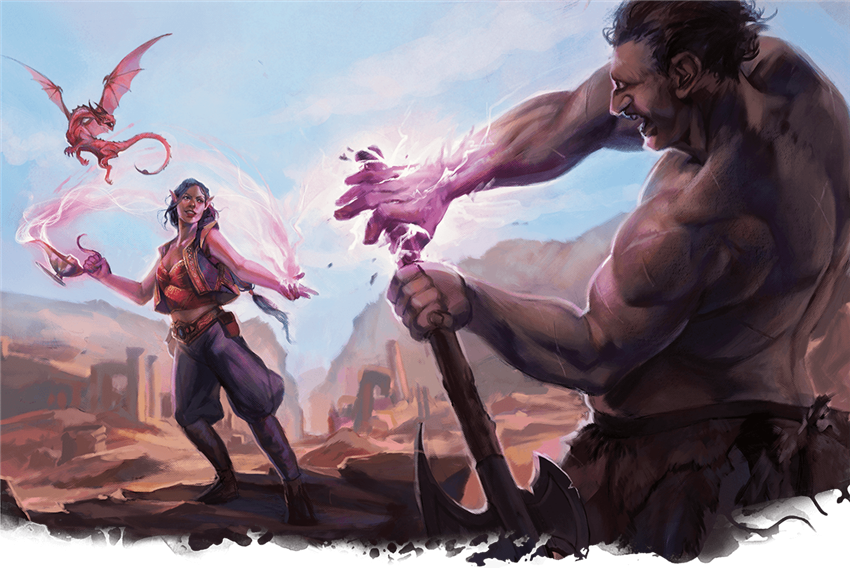
Telekinetic
Anyone studying to be a Psi Warrior would do well to embrace the power of telekinesis, the ability to move things with your mind—and even use that power to shove creatures with your mental force. Combine this feat with a variant human who gains a feat at 1st-level to represent a character born with latent psychic power!
Telepathic
The sister feat to Telekinetic, above, the Telepathic feat gives you the ability to speak to other creatures with your mind. Your powers of telepathy allow you to communicate in a language you know, and to read their thoughts. Great for communicating secrets silently with your party members in tense scenarios—or for spooking patrolling guards and learning your foes’ deepest secrets!
These fifteen feats all provide great ways to enhance your characters’ power and deepen their stories. Check them all out in Tasha’s Cauldron of Everything, available now in the D&D Beyond Marketplace!
Create A Brand-New Adventurer Acquire New Powers and Adventures Browse All Your D&D Content
 James Haeck is the lead writer for D&D Beyond, the co-author of Waterdeep: Dragon Heist, Baldur's Gate: Descent into Avernus, and the Critical Role Explorer's Guide to Wildemount, a member of the Guild Adepts, and a freelance writer for Wizards of the Coast, the D&D Adventurers League, and other RPG companies. He lives in Seattle, Washington with his fiancée Hannah and their animal companions Mei and Marzipan. You can find him wasting time on Twitter at @jamesjhaeck.
James Haeck is the lead writer for D&D Beyond, the co-author of Waterdeep: Dragon Heist, Baldur's Gate: Descent into Avernus, and the Critical Role Explorer's Guide to Wildemount, a member of the Guild Adepts, and a freelance writer for Wizards of the Coast, the D&D Adventurers League, and other RPG companies. He lives in Seattle, Washington with his fiancée Hannah and their animal companions Mei and Marzipan. You can find him wasting time on Twitter at @jamesjhaeck.








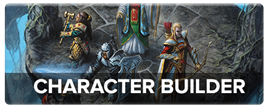
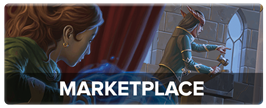

-
View User Profile
-
Send Message
Posted Dec 9, 2020second. Good article. The title was absolutely hilarious. Keep up the good work. Also when will we get another EOTW?
-
View User Profile
-
Send Message
Posted Dec 9, 2020this is great love the meta magic adept.
-
View User Profile
-
Send Message
Posted Dec 9, 2020Super excited for Tasha's!
Gonna make a werebear bugbear barbarian (path of the beast). Gonna take the slasher feat. Gonna be awesome.
-
View User Profile
-
Send Message
Posted Dec 9, 2020Nothing in Crusher, Piercer, or Slasher says the damage has to be melee. I mean. Piercer would even work with the Ice Knife spell!
RAW you could hit someone at range with a Sling and pull them closer to you!
-
View User Profile
-
Send Message
Posted Dec 9, 2020I had not thought of that, but that's hilarious
-
View User Profile
-
Send Message
Posted Dec 9, 2020I think the Chef feat is a laugh, and the poisoner is useful and in my opinion expected
-
View User Profile
-
Send Message
Posted Dec 9, 2020Cool feats!
Edit/reply: Yeah! The chef is a cool one.
-
View User Profile
-
Send Message
Posted Dec 9, 2020If anybody questions why your sling makes someone move toward you, say you either hit them in the head, dazing them and making them stumble around, bopped them in a leg, wing, or other form of movement to knock them slightly off balance, or, if all else fails, you're just that good.
-
View User Profile
-
Send Message
Posted Dec 9, 2020Crusher movement is once per turn, so the bit about monks getting extra mileage isnt very accurate.
At best you get a few more attacks per round at low levels to try and allow your party to crit fish with advantage.. which isnt bad at all (its a nice feat) but not really in line with what the article was talking about.
Personally? I wanna use it on a warhammer battlemaster. Throw Quick Toss in there and suddenly you have a ranged, bonus action doinker to help your ally across the way.
-
View User Profile
-
Send Message
Posted Dec 9, 2020So... just describing the feats? That's it? Feels like a pretty pointless article, TBH.
-
View User Profile
-
Send Message
Posted Dec 9, 2020Does anyone have any tips for when you are playing D+D and one of your fellow players is not being serious and when they think they are being funny, it is really annoying you. It just happened on a video call campaign Im doing a she just did not stop doing it even when our me, a few players, and our DM told her to stop. I know this has nothing to do with the new feats in Tasha's, but I think that people are more likely to reply on a new article.
-
View User Profile
-
Send Message
Posted Dec 10, 2020I'm looking forward to skills expert. My Way of Shadow Monk can now obtain expertise in Stealth. I was *this close* to multiclassing into Rogue.
-
View User Profile
-
Send Message
Posted Dec 10, 2020Some of those Warlock invocations are pretty sweet. Mage Armor for a Rogue, or Improved Dark Vision for one of the few races that can't see in the dark are just two. Plus, you get the fun of creating a story why you have it and who you made the agreement with.
-
View User Profile
-
Send Message
Posted Dec 10, 2020So happy my wizard can grab Compelled Duel with the Fey Touched feat
-
View User Profile
-
Send Message
Posted Dec 10, 2020Still really good on monks though. All those attacks means you have a higher chance of landing a crit, and thus give everyone advantage againts that target. And pushing people around is fun either way, and you can allways use it to push people away from you so don't have to use Disengage to move away safely again if you wanna hit-and-run.
-
View User Profile
-
Send Message
Posted Dec 10, 2020I'm curious if the Eldritch Adept feat is supposed to let you select from a list or not? Everytime I select the feat on my Wizard it doesnt have a little selection box, like the Martial Adept feat has.
-
View User Profile
-
Send Message
Posted Dec 10, 2020Skill Expert and Custom Origins, or as we call it:"How dare you play a human with your variant feat and Prodigy"
-
View User Profile
-
Send Message
Posted Dec 10, 2020I think Fey Touched and Shadow Touched are the stars of this lineup; they're half feats so you can still boost one ability by 1 (great if one is an odd number), you get a 2nd level spell plus one 1st level of your choice (within two schools of magic) and can cast them at their lowest level once a day for free, or using spell slots as normal. These are great feats for casters, especially half-casters (Artificer/Paladin/Ranger) or third-casters (Arcane Trickster/Eldritch Knight).
The other stand out for me is Piercer; any DEX-build martial with a Shortbow or Longbow and a Spear or Rapier gets a pretty significant damage boost. I can see Rangers or Kensei Monks especially getting a lot of benefit out of this with their other bonuses (Hunter's Mark or Swift Quiver for the Ranger, Kensei features and Ki-fuelled strike for the Kensei).
Not to say any of the others are bad, but these are the ones that jump out at me. Fighting Initiate is another good one; I can see that becoming popular on Barbarians and Monks, and maybe melee oriented Artificers or Warlocks.
-
View User Profile
-
Send Message
Posted Dec 10, 2020Telekinetic jumps out to me. A boost to your stats like Fey or Shadow Touched, invisible Mage Hand with no verbal or somatic components, and you can telekinetically push people 5 feet as a bonus action. There is a lot you can do with this, and it's especially great on a class who doesn't typically have a lot to do with their bonus action, who can now just keep pushing poeple around, into spells etc. A creature can also willingly let themselves be pushed, so you can also use this to push your allies out of harm's way.
Also, quite a lot of these feats gives a +1 to an ability.